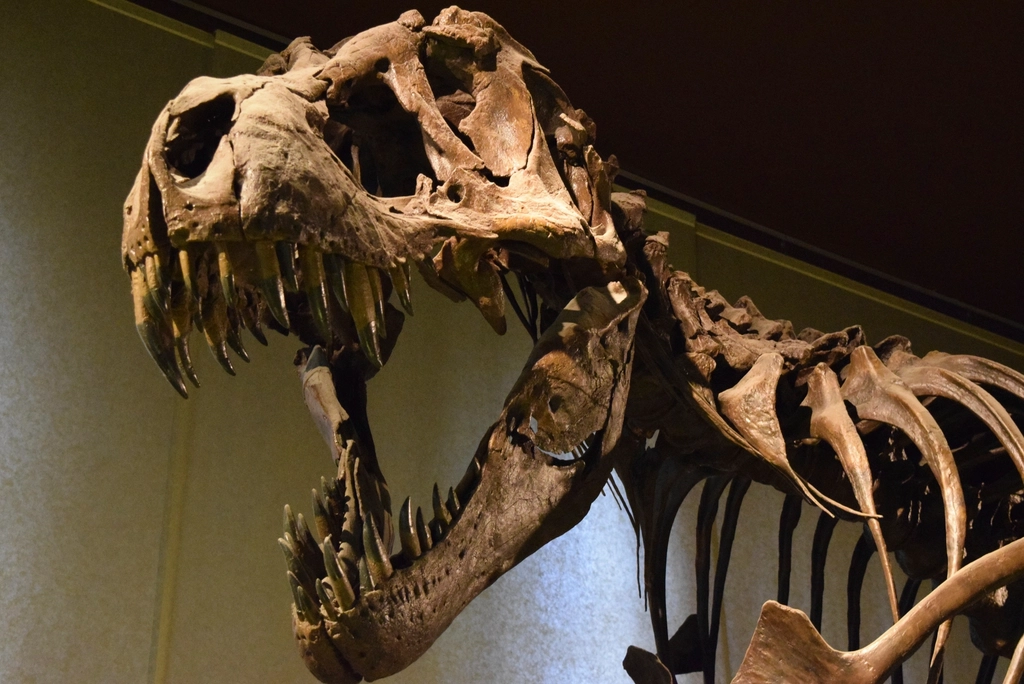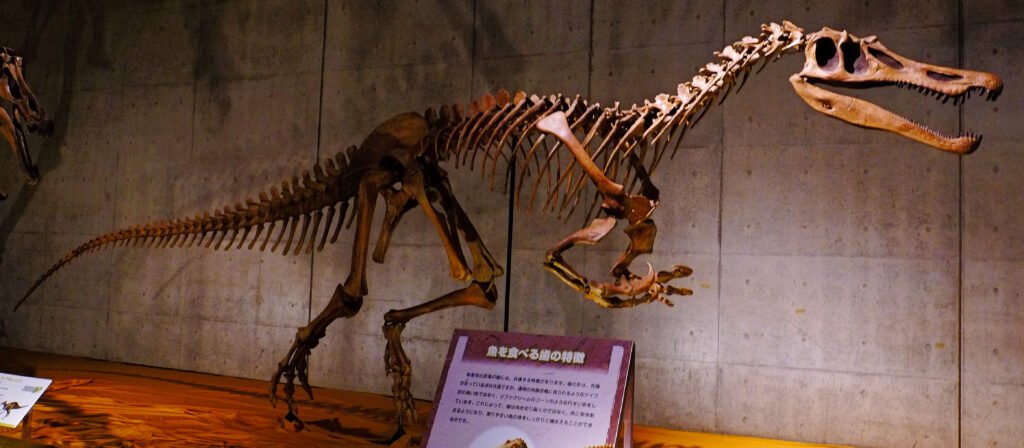Discovering a dinosaur bone in the wild is an exhilarating experience that evokes the ancient past and ignites the imagination. Imagine stumbling across a piece of history that dates back millions of years—a relic of creatures that once roamed the Earth. This isn’t just a treasure hunt; it’s a journey through time. But how do you distinguish a dinosaur bone from an ordinary rock or a piece of modern debris? Let’s delve into the fascinating world of paleontology and explore the steps to identifying these prehistoric remnants.
Understanding the Basics of Fossils
Fossils are the preserved remains or impressions of ancient organisms that have been embedded in rock. When most people think of fossils, they imagine bones, but fossils can also include footprints, shells, and even traces of ancient plants. In the case of dinosaurs, bones are the most iconic type of fossil. It’s important to note that these bones have undergone a process called fossilization, where organic material is replaced by minerals over time, turning them into stone. Think of it like nature’s way of creating a stone sculpture from a biological blueprint.
Recognizing the Right Environment
Dinosaur bones are typically found in sedimentary rock formations, which are created by the accumulation of sediment over time. These environments include riverbeds, deserts, and ancient lake beds. If you’re in a region known for its rich geological history, such as the Badlands in North America or the Gobi Desert, your chances of finding a dinosaur bone increase significantly. It’s akin to fishing in a pond known for its abundance of fish; the right environment makes all the difference.
Identifying the Texture and Color

One of the key characteristics that differentiate a bone from a rock is its texture. Dinosaur bones often have a porous texture because of the tiny air pockets that were once part of the bone’s structure. This texture can feel rough or grainy to the touch, unlike the smoothness of most rocks. Additionally, fossilized bones may exhibit a range of colors, from reddish-brown to dark gray, due to the minerals they’ve absorbed over millennia. Imagine holding a piece of ancient pottery, where the glaze and texture tell a story of its origin.
Checking for Symmetry and Shape

Bones have distinct shapes and often exhibit a symmetry that rocks do not. If you find an object that appears to have a consistent shape, such as a cylindrical piece or a joint-like structure, it could be a bone. This is because bones are designed to fit together and support movement in living organisms. For instance, a vertebra might resemble a spool with a hole in the center, a shape not commonly found in rocks.
Using the Tongue Test
A commonly used, albeit unconventional, method in the field is the “tongue test.” When you touch a fossilized bone to your tongue, it may stick slightly due to the porous nature of the bone, which can absorb moisture. This is a quick and practical test used by some paleontologists in the field to differentiate between bone and stone. It’s a bit like how you might test if a surface is wet by touching it with your finger.
Recognizing Contextual Clues

Sometimes, the context in which you find a potential bone can be a clue to its identity. If you discover it near other known fossils or in a layer of rock that dates back to the Mesozoic Era, it’s likely to be a dinosaur bone. In paleontology, context is everything, much like how a detective piecing together clues at a crime scene relies on the context to solve the mystery.
Learning from Modern Comparisons

Comparing potential dinosaur bones with modern bones can also provide insights. While modern bones are not fossilized, they share similar structural features. For example, the honeycomb-like structure of bird bones can be likened to certain dinosaur bones, as birds are considered modern-day relatives of dinosaurs. This evolutionary connection offers a fascinating glimpse into the past and a framework for identification.
Consulting with Experts

If you suspect you’ve found a dinosaur bone, consulting with experts is a crucial step. Paleontologists have the experience and tools necessary to confirm the identity of fossils. They can provide guidance and may even help in preserving your find. Much like seeking a second opinion from a doctor, expert validation ensures accuracy and credibility.
Documenting Your Find
Documenting your discovery is essential for scientific and historical records. Take detailed notes and photographs of the location, depth, and orientation of the find. This information can be invaluable for further research and helps to preserve the context of the fossil. Think of it as creating a comprehensive field report, much like a journalist documenting a significant event.
Embracing the Adventure
Embarking on a quest to find dinosaur bones is more than just a scientific endeavor; it’s an adventure into the unknown. Whether you’re a seasoned paleontologist or a curious enthusiast, the thrill of discovery is universal. Each bone tells a story—a narrative of life, death, and the passage of time. As you explore the wild, remember that you’re not just seeking relics of the past; you’re connecting with the Earth’s ancient history in a tangible and profound way.




